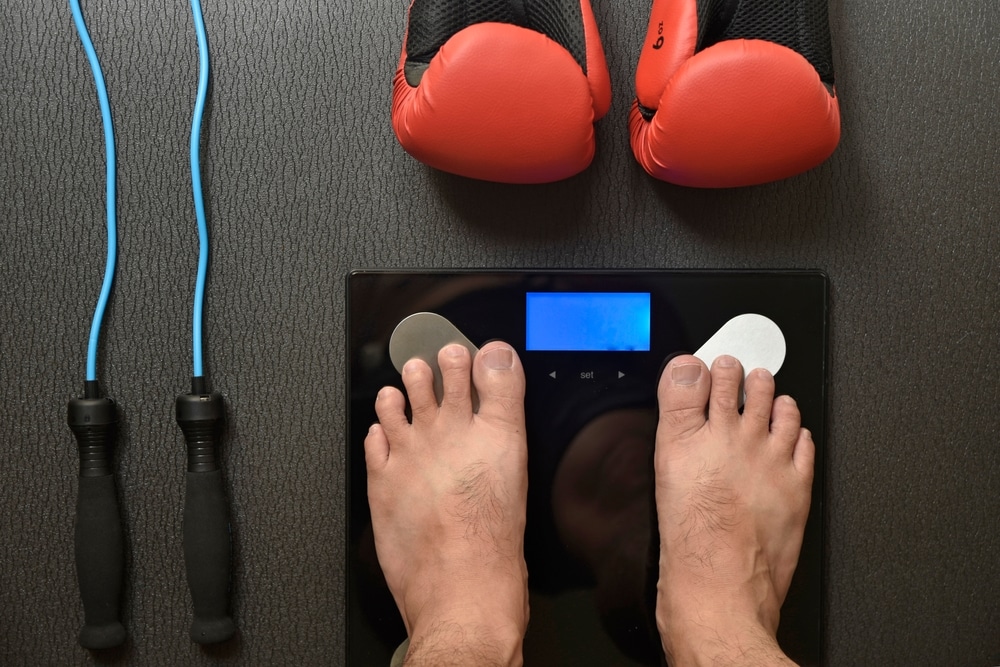Leon Cooney’s journey from Birkenhead to the professional boxing arena is defined by resilience and grit. Without the early backing of a promoter or national team, Cooney carved his own path, turning heads as he went undefeated in his first five professional bouts. As a former national champion and Three Nations gold medalist, he brings elite experience to every fight. What makes Leon stand out isn’t just his record. It’s how he got there. He built his career from the ground up, juggling the physical demands of training with the financial hurdles of early professional life. His commitment to discipline, both in nutrition and recovery, reflects a fighter who values longevity and peak performance. Cooney is proof that talent, when paired with tireless work, always finds a way.
Weight compliance in professional boxing serves as a strict eligibility standard outlined in bout contracts. Fighters commit to hitting a designated weight limit for their class, and even a slight overage can result in fines, bout cancellation, or reclassification. Commissions and promoters oversee official weigh-ins the day before each event, using calibrated scales under controlled conditions with no tolerance for deviation. To meet these standards, fighters structure their entire training camp around weight preparation.
To remain on track, fighters monitor their weight daily using digital scales, schedule coach check-ins and adhere to assigned camp thresholds. These logs drive real-time adjustments in sparring intensity, fluid intake timing, and meal content. In the final week, structured interventions such as dry sauna sessions, carbohydrate reduction, and low-residue diets, which limit fiber and reduce digestive bulk, are timed to minimize fluid weight without compromising training capacity during the taper.
Weight management planning starts early in camp. Most teams use checkpoints at the four- and two-week marks to assess progress, revise calorie intake, and begin tapering. Coaches use these milestones to ensure fighters are on track and make adjustments to training or nutrition as needed.
In addition to internal weight checks, many commissions now require hydration testing or second-day weigh-ins to minimize the risk of dehydration. Some also restrict the amount of weight a fighter can regain after the scale. These rules often overlap with protocols set by nutritionists and conditioning staff, who adjust plans when weight changes begin to affect performance windows.
When a fighter misses weight, consequences activate immediately. A portion of the purse may shift to the opponent, or the bout may be reclassified under new terms. If the gap is too wide or the issue recurs, fighters risk being removed from the card and excluded from future matchups.
Fighters begin rehydrating as soon as the weigh-in concludes, following a carefully timed routine. This typically includes consuming salty foods, replenishing fluids, and consuming carbohydrates to restore hydration and muscle function. When recovery starts late or follows an especially sharp cut, reaction speed, and stamina may decline heading into the bout.
To optimize recovery, nutritionists and performance experts manage rehydration protocols. Using data on hydration and body condition, they guide the process and adjust mid-camp strategies to stay compliant while preserving fight-readiness.
Compared to this professional structure, amateur systems require same-day weigh-ins, leaving little time for recovery after pre-fight weight reduction and discouraging drastic cuts. Professional protocols allow a 24-hour window. This enables planned weight reduction and timed rehydration but increases the need for structured compliance. Transitioning fighters must recalibrate training and logistics to meet this shift.
Promoters and matchmakers track a fighter’s weight history when assigning bouts or building cards. Fighters who consistently miss weight risk being excluded from televised slots or competitive matchups. Compliance affects more than eligibility; it signals reliability to event organizers, who manage tight production timelines and marketing expectations.
While some view weight control as a personal discipline, the reality reflects a coordinated system of contractual rules, tracking protocols, and professional oversight. Consistent execution reduces disruptions, protects match scheduling, and supports fighter safety. In modern boxing, long-term bout readiness and scheduling reliability depend not only on training quality but also on mastering the operational systems that regulate weight.

